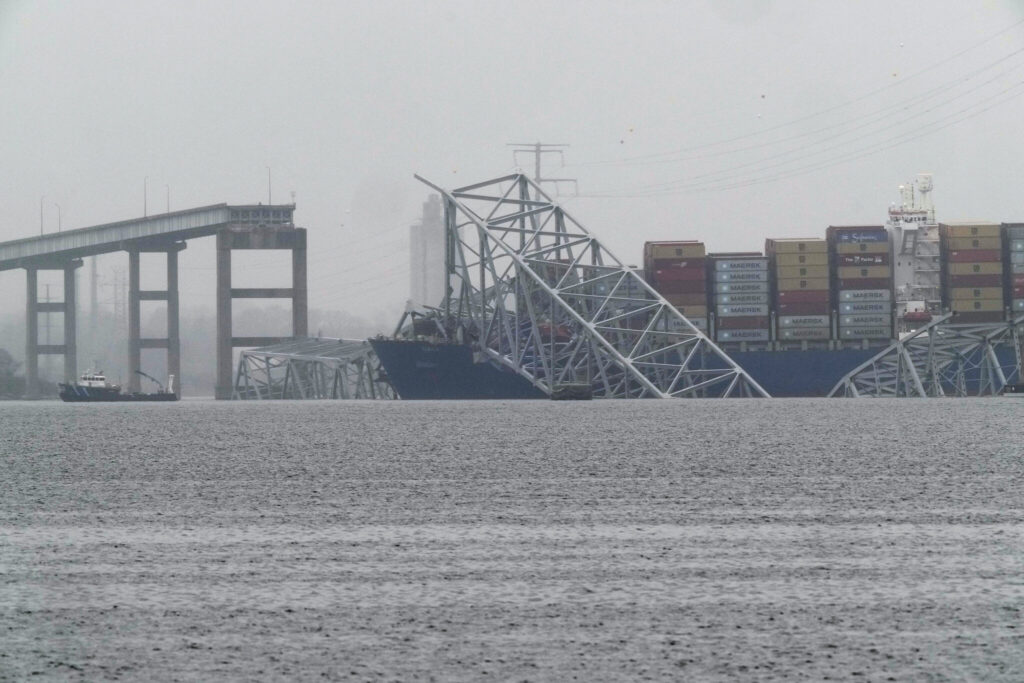The expert pilots who navigate massive ships in and out of Baltimore’s port must often maneuver with just 2 feet (0.6 meter) of clearance from the channel floor and memorize charts, currents and every other possible maritime variable.
Quick Read
- Pilot Expertise in Focus: The specialized role of ship pilots, responsible for navigating large vessels in and out of Baltimore’s port, is under scrutiny following a recent incident where a cargo ship collided with the Francis Scott Key Bridge.
- Challenging Navigation: These expert pilots often operate with minimal clearance and must have an in-depth knowledge of maritime variables including charts and currents to safely guide ships.
- Recent Incident: Two pilots were controlling the cargo ship Dali when it unexpectedly lost power and crashed into the bridge, resulting in the bridge’s collapse and the tragic loss of six construction workers.
- Pilot Actions: Despite the ship’s power failure, the pilots issued a mayday call, managed to close the bridge to traffic, and attempted to control the situation by dropping an anchor and coordinating with nearby tugboats.
- Limited Control: Maritime experts suggest that given the circumstances, there was little the pilots could do to prevent the ship from hitting the bridge, describing such a situation as a mariner’s worst nightmare.
- Role of Pilots: Ship pilots, often with extensive maritime experience and specialized local knowledge, are tasked with giving crucial navigation commands to the ship’s crew, likening their role to that of a surgeon in the medical field.
- History and Challenges: The Chesapeake Bay, where the Association of Maryland Pilots operates, presents unique navigational challenges, requiring pilots to handle large ships through relatively shallow shipping channels.
- Environmental Responsibility: The pilots also play a key role in protecting the Chesapeake Bay’s ecological balance by ensuring the safe passage of ships carrying hazardous materials.
- Compensation and Risk: The demanding and risky nature of a pilot’s job is reflected in their compensation, highlighting the significant responsibility they bear in ensuring maritime safety.
- Onboard Dynamics: During the incident, the lead pilot was in command, supported by a second pilot, the ship’s captain, a watch officer, and additional crew members, all working together in a high-pressure situation with limited time to avert the collision.
The Associated Press has the story:
Baltimore bridge collapse puts role of ship’s pilot under the spotlight
Newslooks- (AP)
The expert pilots who navigate massive ships in and out of Baltimore’s port must often maneuver with just 2 feet (0.6 meter) of clearance from the channel floor and memorize charts, currents and every other possible maritime variable.
The highly specialized role — in which a pilot temporarily takes control of a ship from its regular captain — is coming under the spotlight this week.
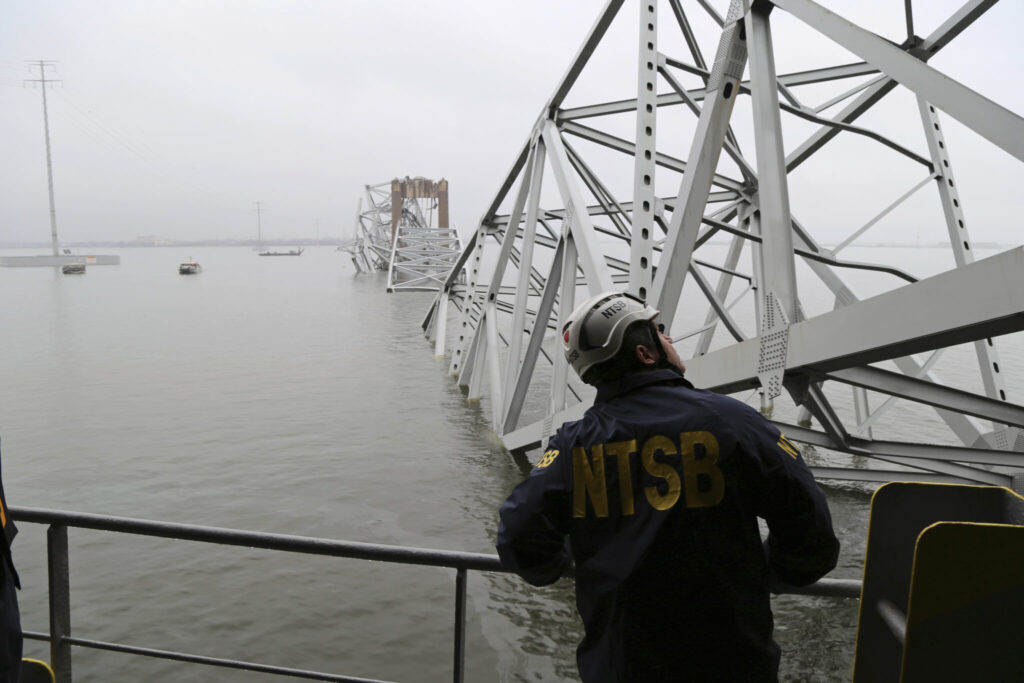
Two pilots were at the helm of the cargo ship Dali about 1:25 a.m. Tuesday when it lost power and, minutes later, crashed into a pillar of the Francis Scott Key Bridge, causing the bridge to collapse and kill six construction workers.
While the incident will undoubtedly raise larger questions about ship and port safety protocols, so far there is no indication the pilots on the Dali did anything wrong given the immediate situation they faced. The ship sent out a mayday call, which gave just enough time for authorities to close the bridge to traffic and likely prevented further deaths. The lead pilot also dropped an anchor, issued steering commands and called for help from nearby tugboats, according to a preliminary timeline outlined by the National Transportation Safety Board.
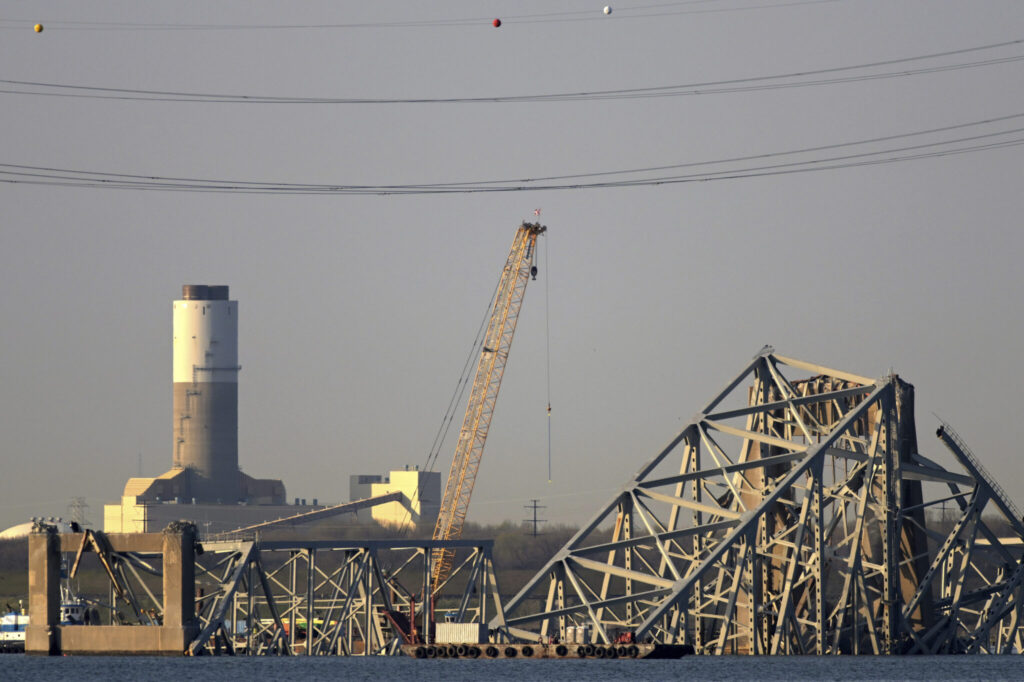
But in the end, maritime experts say, there was likely nothing the pilots could have done to stop the 95,000-ton ship from ploughing into the bridge.
“It’s completely their worst nightmare,” said Capt. Allan Post, the deputy superintendent of the Texas A&M Maritime Academy in Galveston. “It is terrifying to even imagine not being able to control the vessel, and knowing what’s going to happen, and not being able to do anything about it.”
Pilots are local knowledge experts, and they give commands to the bridge team for rudder and engine settings, and for what course to steer, Post said.
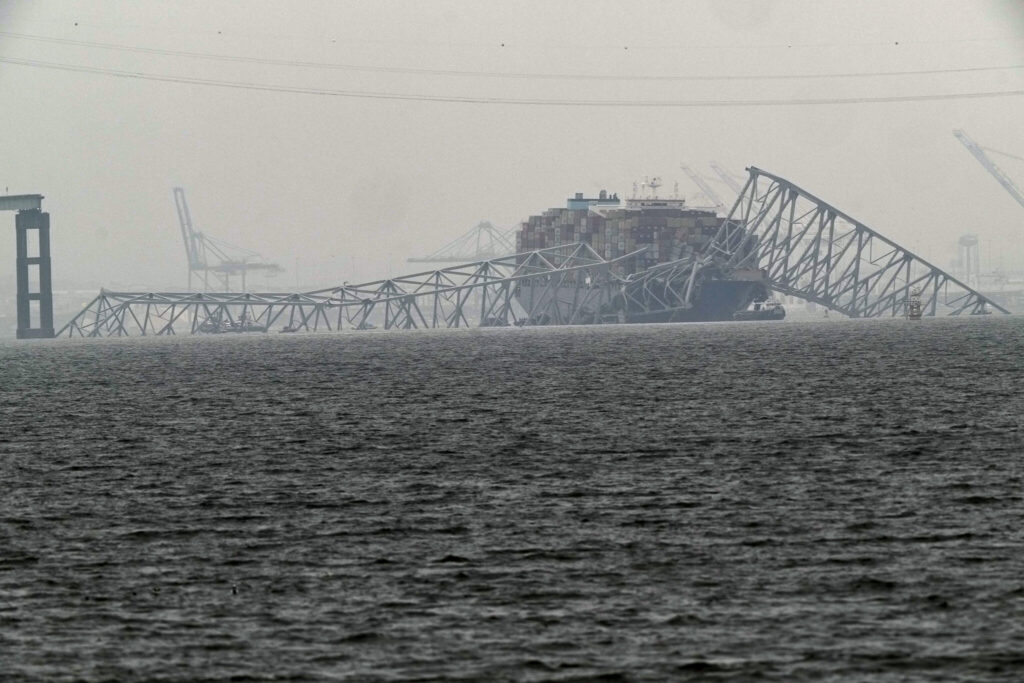
U.S. pilots are typically graduates of maritime academies and have spent many years at sea before they join a lengthy apprentice program to learn every aspect of a local area, including memorizing charts, he said.
“A ship’s captain is a general practitioner, if I was to use a medical term,” Post said. “And a pilot would be a surgeon.”
Ship pilots have been working in the Chesapeake Bay since 1640, and the Association of Maryland Pilots currently has 65 active pilots on its books.
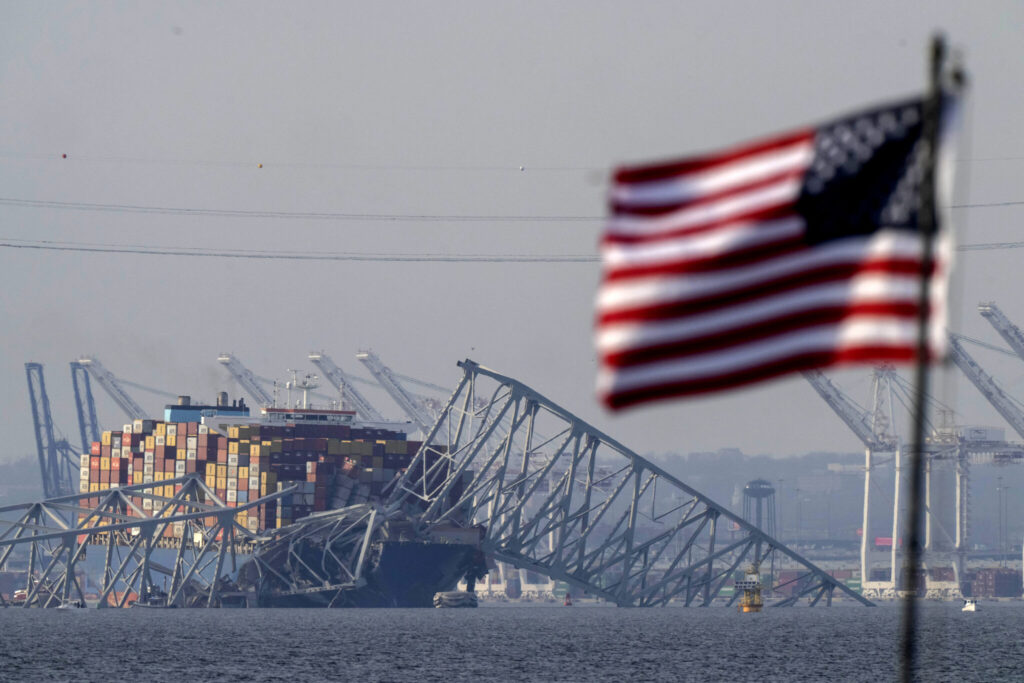
The association describes on its website how the bay throws up unique challenges, including that pilots must maneuver container ships that can sit nearly 48 feet (14.6 meters) deep in the water through the main Baltimore shipping channels, which are only 50 feet (15.2 meters) deep.
“Pilots are on the front lines protecting the environmental and ecological balance of the Chesapeake Bay by ensuring the safe passage of these large ships that carry huge quantities of oil and other hazardous materials,” the association says on its site.
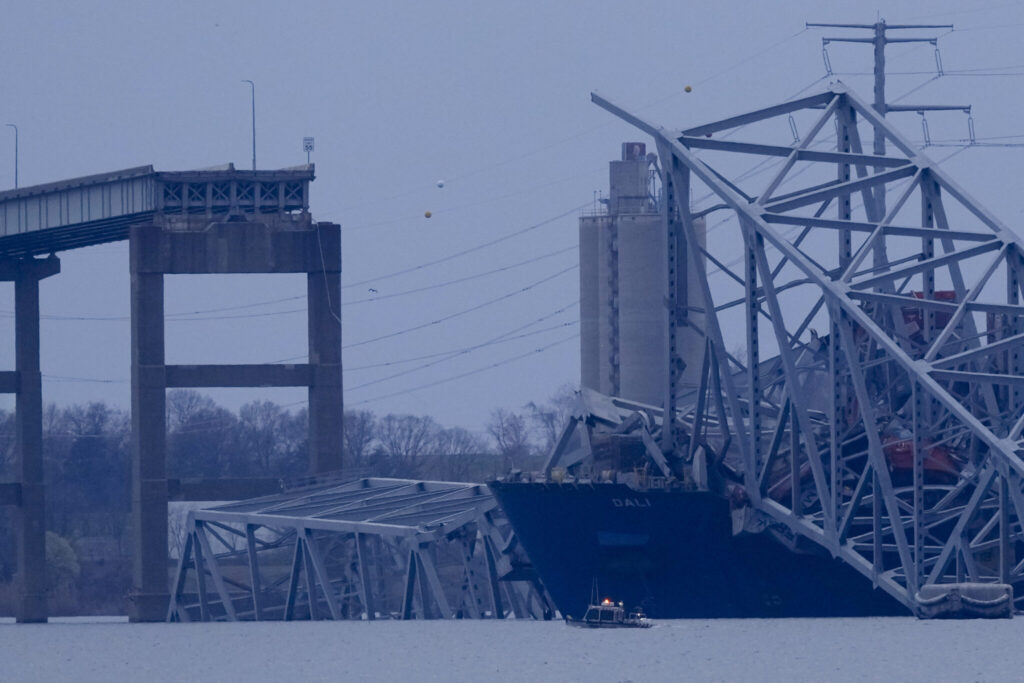
The association, which didn’t immediately respond to a request for comment, has issued a statement thanking first responders to the bridge accident and saying its members’ thoughts and prayers are with the families of victims.
There is lucrative pay for pilots because the job comes with plenty of responsibility and risk, Post said.
On a typical day, he said, a pilot might make multiple trips. He or she would be assigned to one ship leaving a port, Post said, and then disembark to board a second, inbound ship.
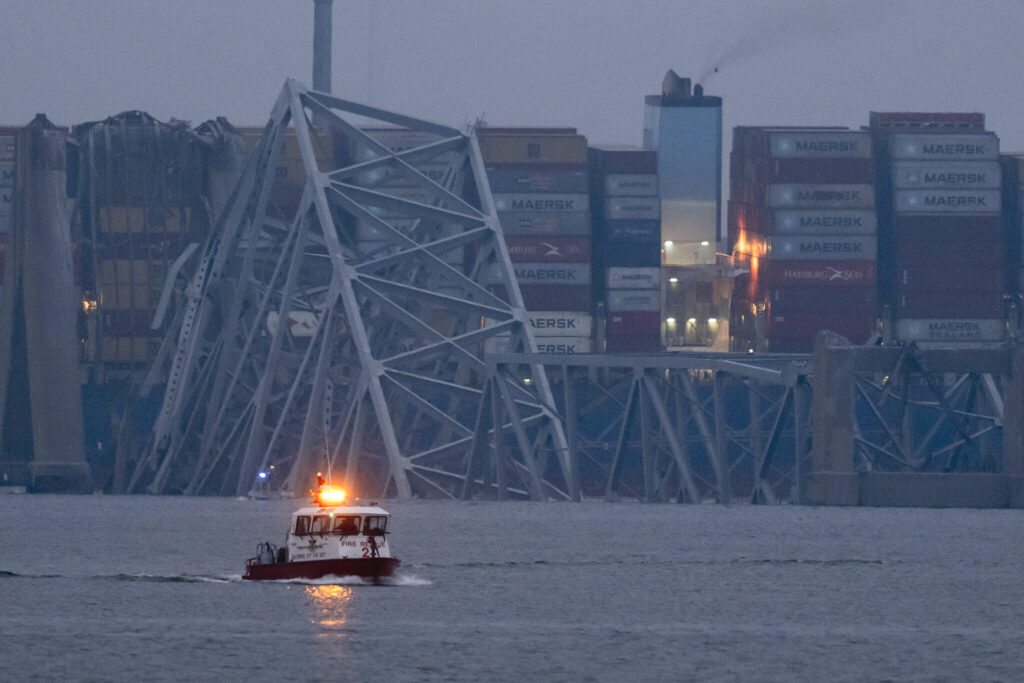
He said that of the two pilots assigned to the Dali, one would have been in command, with the second able to assist if necessary. He said that, typically, the ship’s regular captain would also have been on the bridge, along with one of the watch officers and a couple of other crew.
The NTSB timeline indicated the pilots had less than five minutes from when they first lost power to when the ship struck the pillar.
“They had very little time from the start of the incident until the time they were upon the bridge,” Post said. “I believe the pilots did what they could with the abilities that they had onboard the ship at the time to avoid the collision.”

